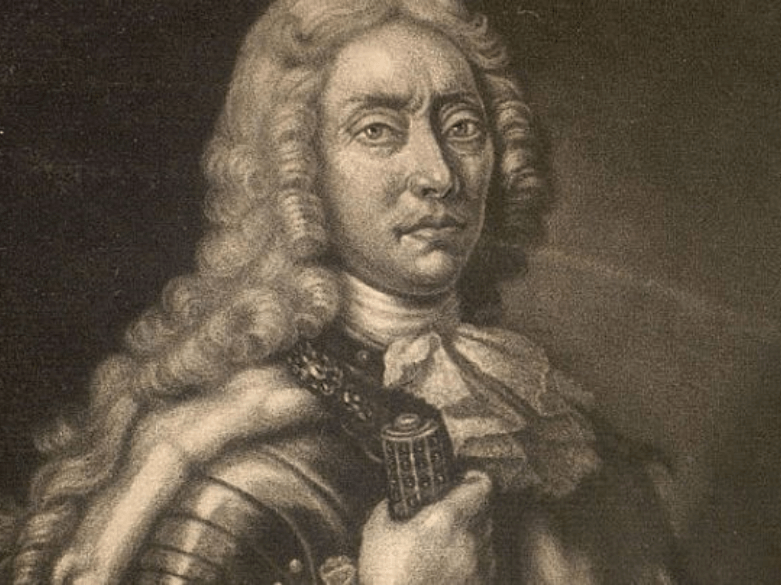Turkish musical works were recorded with the notation system he invented: Who is Dimitrie Cantemir?
There is a pleasure and rhythm in Dimitri Kantemir's or Cantemir's compositions beyond his time. His compositions are neither just melancholic nor full of enthusiasm. Kantemir is thought to have caused the beginning of Russian literature.

Dimitri Kantemir, the son of Moldavian Voivode Constantin Kantemir, was born in 1673 in the town of Silişten, which is within the border of Romania today.
When his father was appointed to the Moldavia Principality by the Ottoman Empire, he came to Istanbul and resided in Balat. Kantemir, who started his education life in Moldavia, studied at the Greek Orthodox Patriarchate when he came to Istanbul.
Dimitrie or Demetrius Cantemir (26 October 1673 – 21 August 1723), also known by other spellings, was a Moldavian prince, statesman, and man of letters. He twice served as voivode of Moldavia (March–April 1693 and 1710–1711). During his second term he allied his state with Russia in a war against Moldavia's Ottoman overlords; Russia's defeat forced Cantemir's family into exile and the replacement of the native voivodes by Greek phanariots. Cantemir was also a prolific writer, variously a philosopher, historian, composer, musicologist, linguist, ethnographer, and geographer.
Kantemir, who also received education in the Ottoman education system, took Ottoman, Persian, and Arabic languages and mathematics lessons at Enderun. Dimitri Kantemir, who was interested in music from a young age, took violin lessons from Edirneli Ahmet Çelebi and tambour training from Tamburi Angeliki. At the same time, he started playing ney and composing songs.
FIRST NOTES IN MUSIC
Turkish musical works, which have been passed down orally from generation to generation for centuries, were recorded with the notation system invented by Kantemir.
With this system, which he called Ebcet notation, he brought approximately 350 peşrev and saz semais into written sources. With the Ebcet note, melodies were indicated with letters and their duration with numbers.
Kantemir wrote the book Kitab-ı İlmü'l-Musiki ala Vechi'l-Hurufat, which forms the cornerstones of Turkish music, at the age of 19. In the work, which consists of two parts, the musician gave information about many modes and procedures from his period. Additionally, the book includes Kantemir's compositions from the 16th and 17th centuries. The fact that the work, which is of great importance for Turkish music, has survived to the present day is undoubtedly due to the fact that it was presented to the sultan of the period, Ahmet the Second, and had it written down with the notation system.
REBELLION IN BOGDAN STATE
Dimitri Kantemir, who was appointed as the governor of Moldavia, made an agreement with the Russians and started a rebellion in his region. However, he was unsuccessful because after the Ottomans won the Ottoman-Russian war, he was removed from the governorship and fled to Russia. Kantemir, who lived in Russia until his death, is thought to have caused the beginning of Russian literature with his work and other books about Ottoman history.
Dimitri, who left a legacy with literary, political, and musical traces in three different cultures, was sent to Romania in 1935, 200 years after his death, and was buried again in Iasi.
There is a pleasure and rhythm in Dimitri Kantemir's or Cantemir's compositions beyond his time. His compositions are neither just melancholic nor full of enthusiasm.
Kantemir was able to capture the synthesis of social emotions in the folk melodies of his time in Western melodies. Although this situation, which was rare in 18th-century artists, lags behind his political personality, he can still keep Eastern mysticism alive with Western-style instruments in the same composition.
